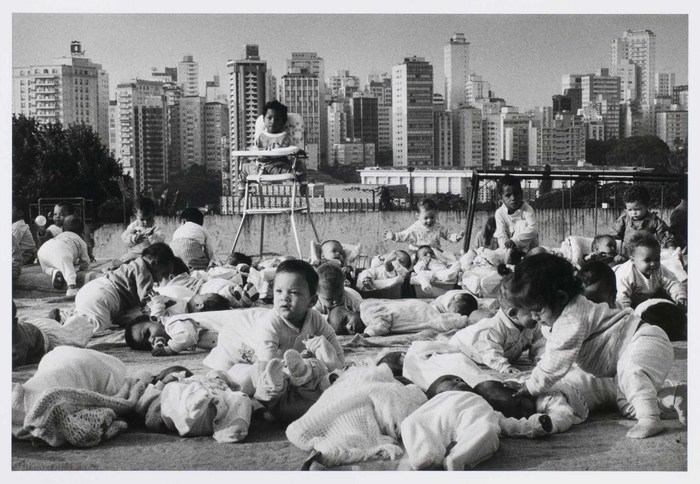This picture was taken in São Paulo, Brazil by Salgado in 1996. It features babies that were abandoned in a room of the FEBEM (Foundation for Child Welfare) center. The picture description states “430 children live there, 35 percent of those children were found abandoned on city streets” which explains the severity of this population problem in Brazil. I, personally, also have an economic background as it is my major so I understand why Salgado saw significance in this picture as an economist. The welfare of these children are directly transferred to the state and therefore relies on taxes that the general working public pays. Especially in developing countries like Brazil who has 62.5 million people in poverty (daily income below $5.5) and 17.9 million in extreme poverty, these vulnerable babies are seen as nothing more than a burden to people who can barely make money to save themselves. This aspect is clearly shown as the babies are crawling over each other or sleeping on the floor clearly disoriented of there position as the painting of the city looms over them and their future in the background. There is also an interesting aspect of one baby on a high chair that is conversely part of the city rather than remnants of one like the others. This probably highlights the importance of the adoption system and also the problems. On the bright side, at least one of the abandoned babies out of a room of babies that will have a family that is rich enough to adopt and look after a child. However, one out of a room of babies is too little. Also, the foster system always fails in terms of the child’s physical and mental wellbeing once being adopted so their well being is not guaranteed. The baby on the high chair does not look as happy as the baby next to it on the ground. The future of these babies hang in uncertainty from the moment they were left behind in the unprotected streets of Brazil.


Again, very thorough, and thought-provoking.